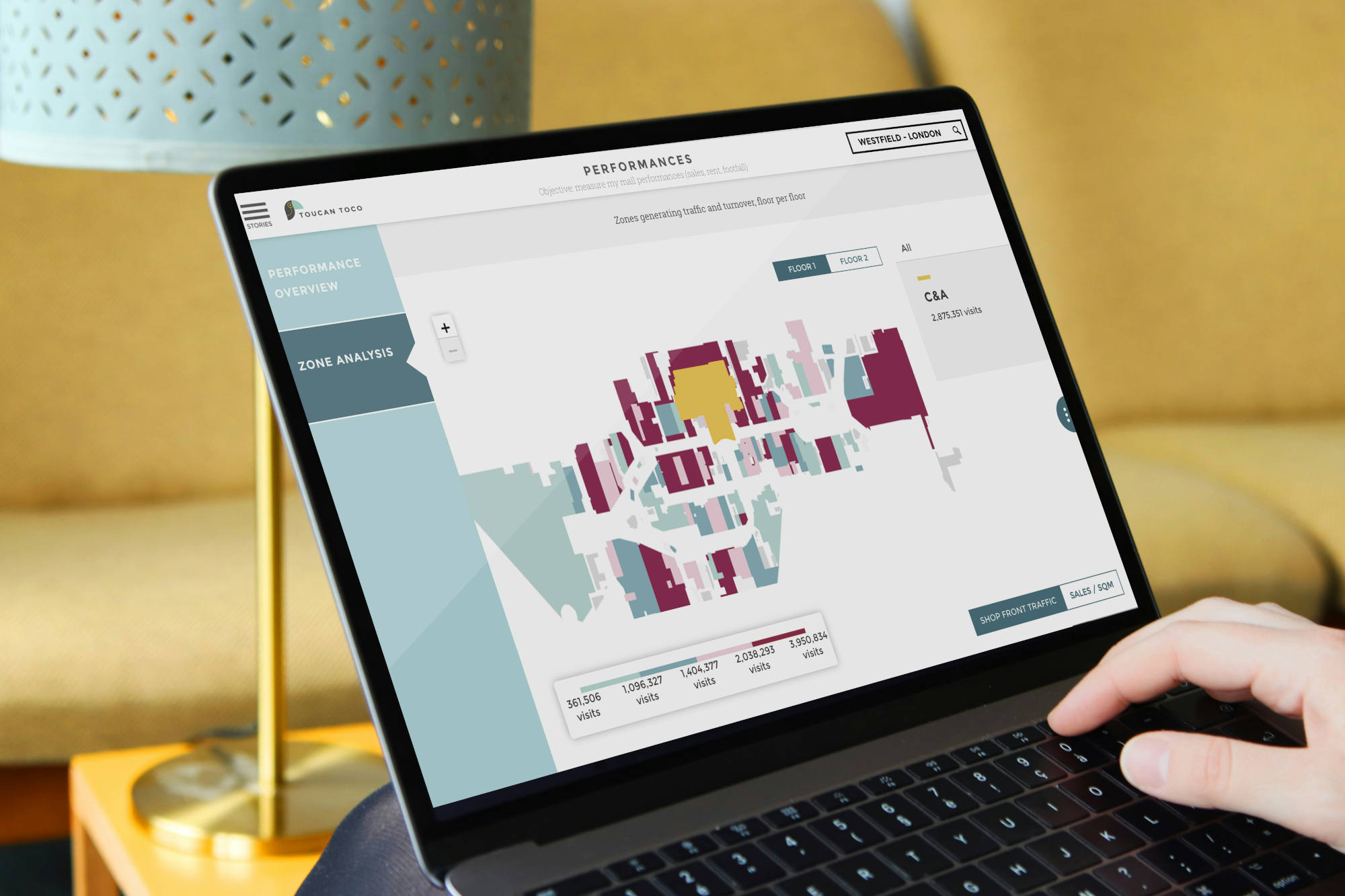Think of Salesforce sales stages as the checkpoints that guide your sales team from “just browsing” to “signed, sealed, delivered.”
Much like GPS on a road trip, Salesforce sales stages give you a clear roadmap, helping you stay on track and know exactly where you are in the journey. Is there an issue at a specific stage? You’ll know – instead of having to guess. They keep everyone on the same page, help you spot bottlenecks, and ensure no opportunity slips through the cracks.
In this article, we’ll show you everything you need to know about the stages, from setting them up to using them to strengthen your bottom line.
Table of Contents
ToggleHow Do Salesforce Sales Stages Work in Practice?
Think of Salesforce sales stages as the milestones along your sales journey, guiding you from lead to close. These stages define the various steps or phases in your sales process. They’re the checkpoints that help you stay on course and track your progress within Salesforce.
Salesforce provides a set of default sales stages, but you can customize them to fit your process. For example, you might have stages like “Prospecting,” “Qualification,” “Needs Analysis,” “Proposal,” and “Closed Won.”
To help you stay on top of your opportunities, Salesforce also provides tools to help. For example, you can set up alerts to notify you when an opportunity has been stuck in a particular stage for too long, or when it’s time to follow up with a prospect.
For example, suppose you’re a project management company and your typical process consists of 5 stages.
First, the journey starts with the initial outreach. You identify potential leads through various channels—website inquiries, industry events, or referrals, and add them to your Salesforce CRM.
For example, web-to-case setups in Salesforce allow you to do this on auto-pilot, so every lead that fills out a form is added to your CRM.
Then, it’s time to qualify the lead. You start a discovery chat with your new lead to understand their pain points, current processes, and budget. You’ll document it, so you can reference or use it in your Salesforce workflows to automate follow-ups or proposals. You’ll log meeting notes and presentation materials, and track engagement within Salesforce, so there’s clear visibility into how the deal is coming along.
As negotiations unfold, you’ll update the opportunity record with exchanges, pricing details, and any concessions. Once the deal is won, you’ll update the opportunity with final details, revenue forecasts, and implementation timelines.
If you’re a sales professional, this allows you to understand which opportunities need your attention before they go cold. As a manager or a sales leader, using Salesforce sales stages will give you much-needed visibility into deal types, performance, forecasts, and reporting.
How to Configure Sales Stages in Salesforce
Customize Stage Names
Salesforce offers a set of standard sales stages, such as “Prospecting,” “Qualification,” and “Negotiation.” However, you can customize these stages to reflect your process.
Go to the “Opportunity Stage” picklist in the “Opportunity” object and click “Edit.” There, add, remove, or rename stages to match your sales process.
Setting Probability Percentages with Salesforce Sales Stages
Each sales stage in Salesforce has a probability percentage associated with it, showing the likelihood of closing a deal at that stage. Salesforce will set default percentages, but they’re also customizable.
Similarly to customizing stage names, you’ll go to the “Opportunity Stage” picklist in the “Opportunity” object and click “Edit.”
Keep in mind that Salesforce uses probability to calculate expected revenue and forecast accuracy, so tweak it to perfection because it will be in the EOY report!
Choosing Forecast Categories
Speaking of the EOY report, Salesforce sales stages also come with the forecast category. It determines how forecasts display opportunities and categorizes them based on the likelihood of closing and the stage.
You’ll typically see categories like “Commit,” “Best Case,” “Pipeline,” and “Closed.” They’re meant to reflect the level of confidence in closing the deal. The higher the confidence, the higher their reliability for forecasting revenue.
Track Stage Duration
In addition to customizing stage names and probability percentages, you can also track the duration of each sales stage. This can help you identify bottlenecks in your sales process and make adjustments to improve your overall deal velocity.
Go back to the “Opportunity Settings” in the “Setup” menu and click “Enable Stage Duration Tracking.” Then, tweak the settings like the default duration and update frequency.
Criteria for Moving Opportunities
In addition to probability, forecast category, and duration, you can also define specific requirements that opportunities must meet to advance from one stage to the next. These criteria act as checkpoints so that opportunities progress in alignment with your process and objectives.
One common criterion for moving opportunities between stages is prospect engagement.
For example, the prospect needs to respond to X follow-up emails or attend a product demo before moving to the next stage. Why? You want to make sure prospects are qualified and worth investing effort in.
Another criterion could involve the level of decision-maker involvement. For complex B2B sales, you want to engage with key decision-makers as soon as possible. You might require direct interaction with the decision-making team or buy-in from key stakeholders before progressing.
You can also establish criteria regarding the completeness of information. For example, before moving to the “Proposal” stage, you might require your sales reps to provide project requirements, budget estimates, and any legal docs.
The goal is to create the framework you and your team will be able to use to manage the pipeline, prioritize opportunities properly, and make wise decisions with your accurate data in tow.
Automating to Perfection
Yes, you could just have these sales stages live in your team’s heads. But the entire point of bringing them into your Salesforce is being able to automate routine tasks, so your people can focus on closing deals that are stuck or pushing them over the finish line.
The two key tools you’ll use to automate Salesforce sales stages include the Process Builder and Flows.
1. Automate Task Notifications
Configure Workflow Rules or Process Builder to automatically notify sales reps or managers when opportunities reach critical stages.
For example, you can notify the assigned sales rep when an opportunity moves to the “Decision-Making” stage, reminding them to follow up.
2. Update Opportunity Status in Salesforce Sales Stages
Use Workflow Rules or Process Builder to update the Opportunity Status field based on sales stage transitions.
For example, when an opportunity advances to the “Negotiation” stage, you can automatically change the status to “In Negotiation” to indicate its current state. This is the most basic automation and should be a mandatory part of Salesforce sales stages. (No one likes dragging items from one column to another.)
3. Schedule Follow-up Tasks and Emails
Another way to lift the load is by scheduling follow-up activities for sales reps based on sales stage changes.
For example, when an opportunity enters the “Discovery” stage, automatically create a task for the sales rep to conduct a discovery call with the prospect.
Similarly, you can use Salesforce automation to send follow-up emails to early-stage prospects based on their ICP. For example, if you have a lead from the manufacturing industry, they could automatically get an email with the case studies and key ROI information for their industry.
And yes, you can do this even if you use Gmail or Outlook! While Salesforce’s native integrations with O365 and Google Workspace lack permanent data for reporting and frequently lose emails in the sync gaps, Match My Email helps.
Match My Email offers automatic email integration stored permanently in Salesforce. You can sync all your email and event data to Salesforce, so your sales stages still progress as planned. Due to permanent data storage, you’ll also be able to generate accurate reports.
- Automatic contact creation? Check!
- Synced conversations and meetings? Check!
- Reporting you can rely on? Check!
With a 4.94/5 rating on the AppExchange, Match My Email is the perfect solution for getting rid of sales stage bottlenecks and ensuring every interaction drives revenue.
4. Escalate Stalled Opportunities
An opportunity stuck in a specific Salesforce sales stage? No problem! Use the Process or Flow Builder features to escalate the opportunities to senior reps or management.
If this is a common scenario, you can also trigger additional follow-up actions. For example, you might prompt a case study to be sent to the prospect or schedule a call where you can answer any questions they might have.
5. Keep the Management Updated on Progress
Finally, you can keep senior stakeholders in the loop on Salesforce sales stages. Build a process to notify them based on your criteria.
For example, they might be notified when deals over $500K ARR enter the Negotiation phase, so they provide the extra closing touch.
Next Step: Optimization
With Salesforce providing visibility, your mission, should you choose to accept it, is to optimize.
For example, if opportunities frequently get stuck in the “Proposal” stage, consider your proposals and perhaps even your pricing. Similarly, if opportunities take too long to move from “Discovery” to “Proposal,” your lead nurturing or qualification methods might need some work.
Once the bottlenecks are clear, you can implement the right strategies. Opportunities stuck in “Negotiation” because of pricing objections? Create better guidelines or discounts.
You can’t fix it if you can’t see it. And that’s exactly what Salesforce sales stages are here for.







